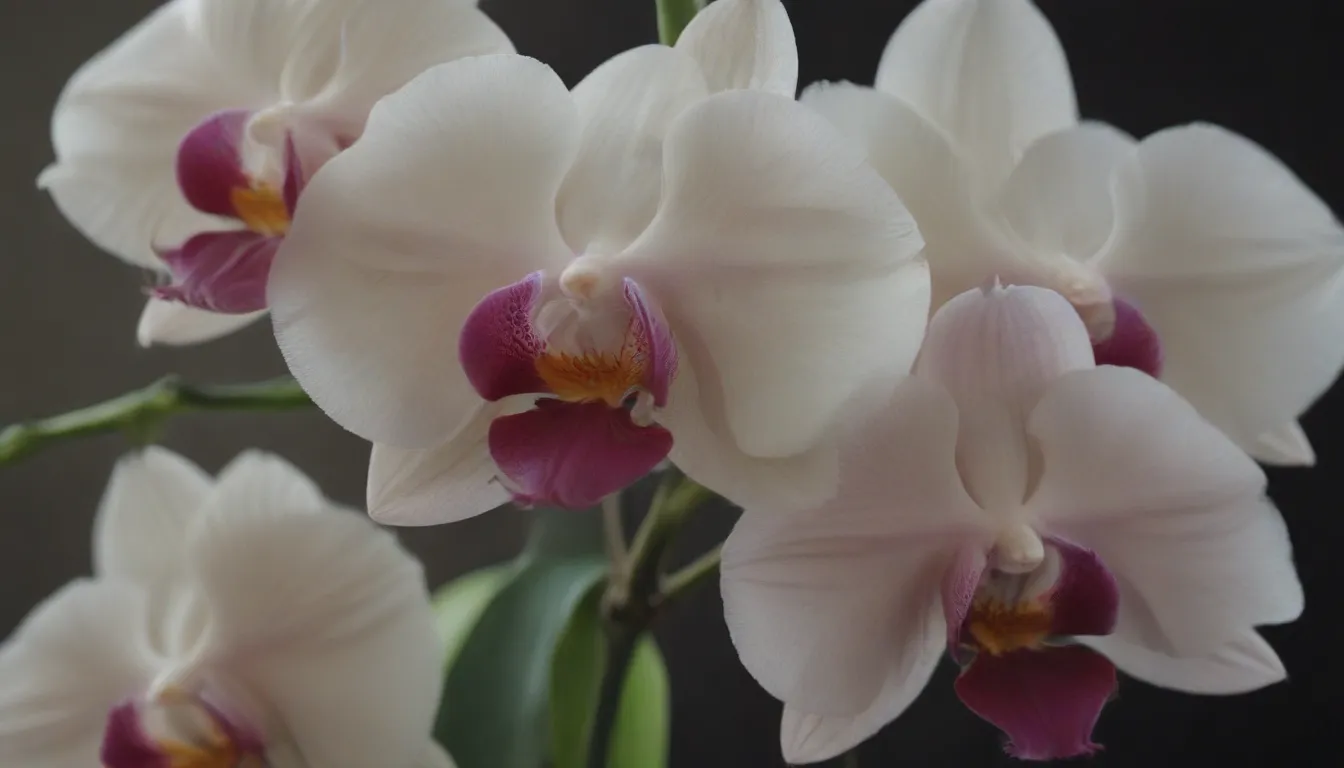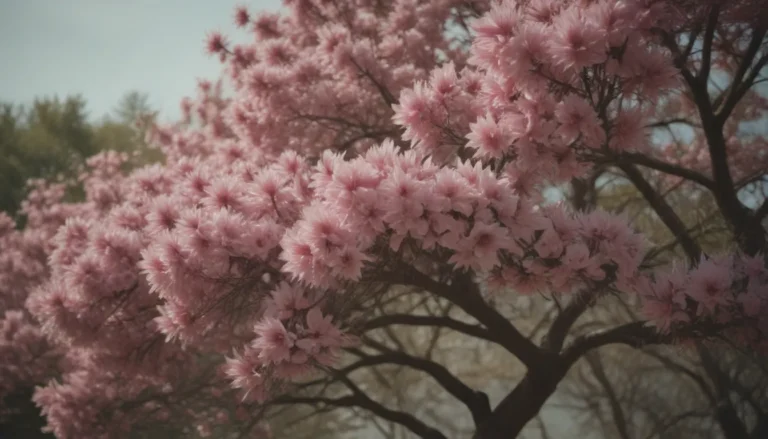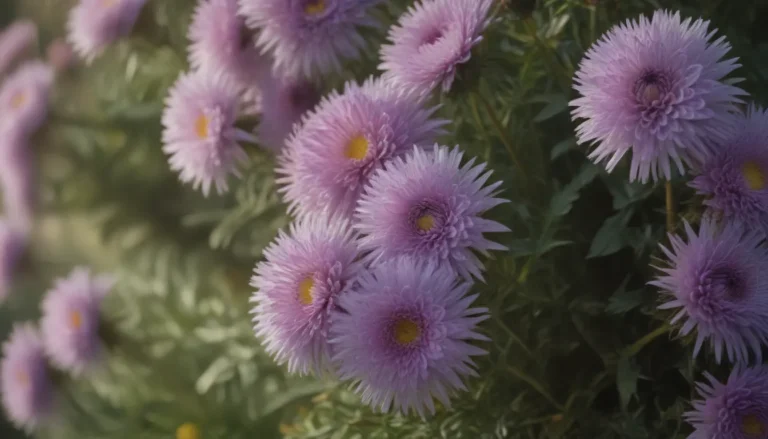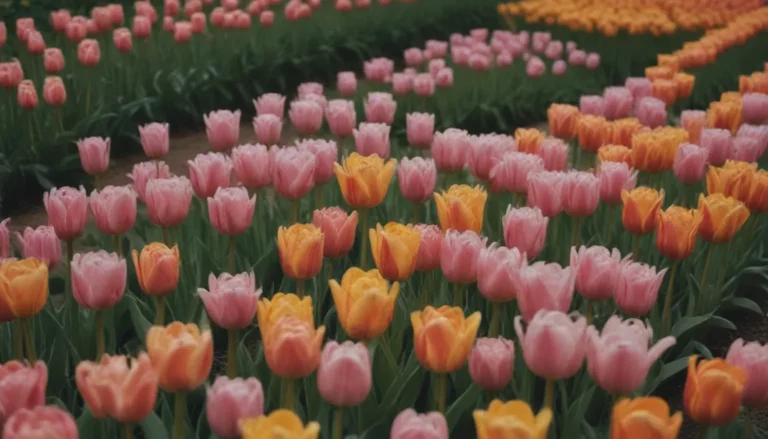How to Grow a New Orchid from Orchid Keikis: A Beginner’s Guide

So, you’ve finally managed to keep your orchid alive and thriving, and now you’re eager to expand your orchid collection! But let’s face it, buying new orchids can get expensive. That’s where the magic of orchid propagation comes in. One of the most exciting and rewarding methods of propagating orchids is by encouraging your plant to produce a keiki, a baby orchid that can be removed and grown into a new plant. In this comprehensive guide, we will delve into everything you need to know about orchid keikis and how to use them to grow another orchid successfully.
Understanding Orchid Keikis: What Are They?
For those new to the world of orchids, you might be wondering, “What exactly is an orchid keiki?” Well, let me break it down for you! Orchid keikis, pronounced as “kay-kees,” are essentially baby orchids that develop on parent plants. Some orchid varieties, such as Phalaenopsis and Dendrobium, are more inclined to produce keikis compared to others. These little plantlets can form naturally or as a result of cutting back a spent flower spike, which stimulates the orchid to produce a secondary spike and prolong its bloom period.
At first glance, a keiki may resemble a flower spike, but with time, it starts to sprout leaves and eventually develops aerial roots. These tiny replicas of the parent plant have the potential to grow into mature orchids with proper care and attention.
Deciding Whether to Cut Off an Orchid Keiki
The decision to remove or leave a keiki on the parent plant depends on various factors, with the health of the parent orchid being a crucial consideration. If the parent plant is under stress, it might produce a keiki as a survival mechanism to ensure the continuation of the species. However, leaving a keiki on a struggling orchid can further drain its energy and compromise its well-being.
In such cases, removing the keiki can potentially improve the parent plant’s chances of recovery. If the parent plant is healthy and produces a keiki alongside a flower spike, you can choose to leave the baby plant until the bloom period ends. However, keep a close watch on the orchid for any signs of stress, such as buds dropping off prematurely. If the keiki is hindering the parent plant’s health, it’s advisable to remove it and either discard it or repot it separately.
Step-by-Step Guide to Removing and Repotting an Orchid Keiki
To grow a new orchid from a keiki, it’s essential to allow the plantlet to develop at least three leaves and roots that are 2 to 3 inches long. Here’s a simple step-by-step guide to removing and repotting an orchid keiki:
- Gather your tools: sterilized razor blade or gardening shears, small clear plastic cups or pots, cinnamon (for its antifungal properties), and orchid potting mix.
- Carefully cut the keiki from the parent plant using a clean blade, ensuring you include a portion of the stem for stability.
- Dust the cut area with cinnamon to prevent fungal infections.
- Plant the keiki in a small container filled with orchid potting mix, ensuring the roots are buried and the plant is secure.
- Place the newly potted keiki in a warm, humid environment with indirect sunlight to encourage growth.
Alternatively, you can choose to repot the keiki alongside the parent plant in a slightly larger pot. This method allows the keiki to benefit from the surrounding soil conditions that promote its development.
Orchid Keiki Care Tips and Tricks
The orchid varieties that are most likely to produce keikis include Dendrobiums, Oncidiums, Epidendrums, and Phalaenopsis. Orchids, with their vast diversity of over 25,000 species, have been known to surprise growers with their unique characteristics, including the formation of keikis. While not all orchids may naturally produce keikis, you can utilize commercial products like keiki paste and keiki root to stimulate the growth of a plantlet on your orchid.
These hormonal products are applied to specific nodes on the orchid stem or flower spike to encourage the formation of a keiki. Additionally, adjusting the light exposure for your orchid can also influence the production of keikis.
Remember to provide your keiki with the necessary care, including regular watering, appropriate lighting, and well-draining potting mix. With patience and dedication, you can watch your tiny orchid keiki grow into a thriving plant, ready to bloom and delight you with its beauty.
In conclusion, orchid keikis offer a fascinating opportunity to expand your orchid collection and witness the miracles of nature unfold before your eyes. By understanding how to propagate orchids using keikis and providing them with the care they need, you can nurture a new generation of orchids that will bring joy and fulfillment to your gardening endeavors. So, roll up your sleeves, grab your gardening tools, and embark on this exciting journey of growing new orchids from keikis!
Remember, each orchid keiki has the potential to blossom into a magnificent plant, adding a touch of elegance and splendor to your indoor garden. Happy growing!





